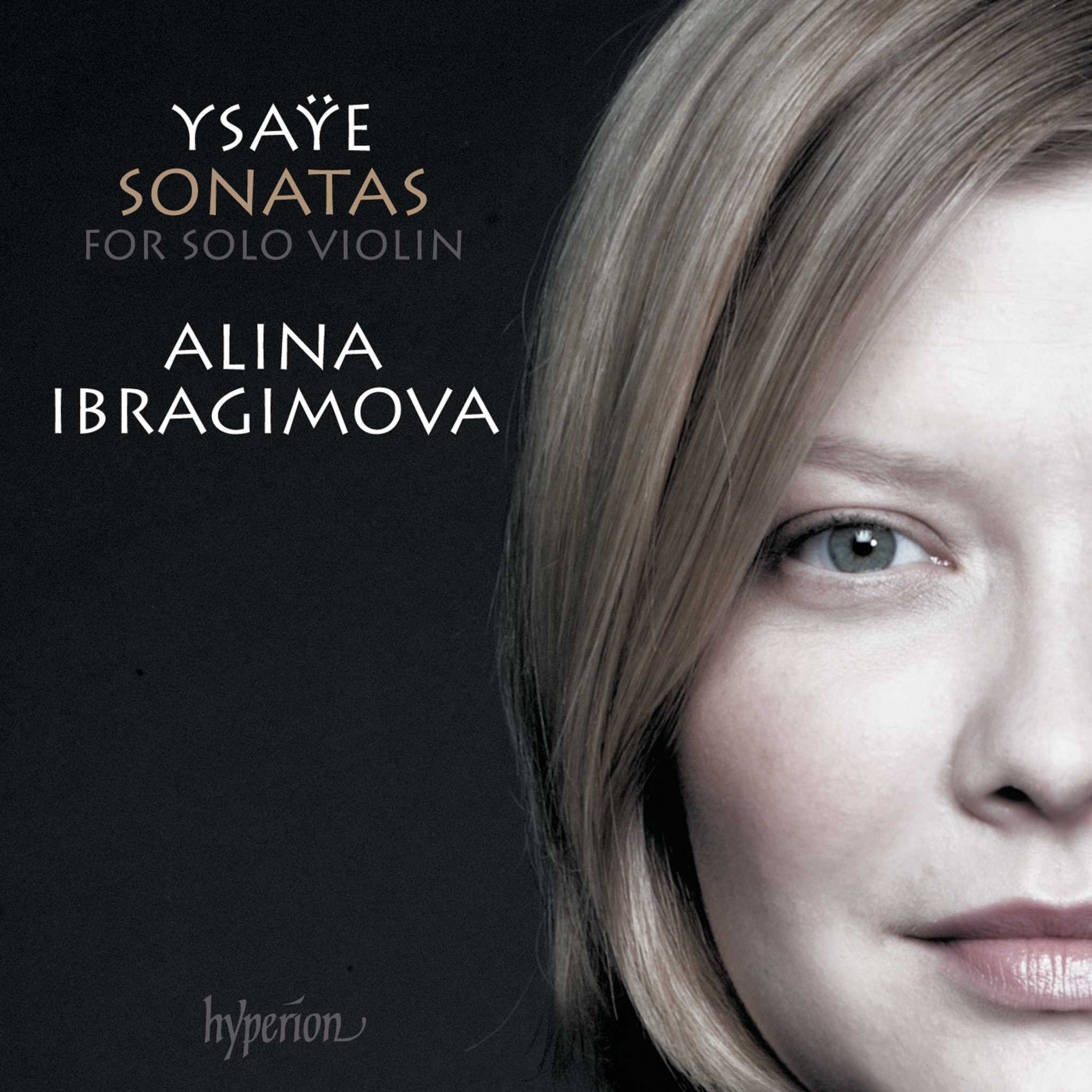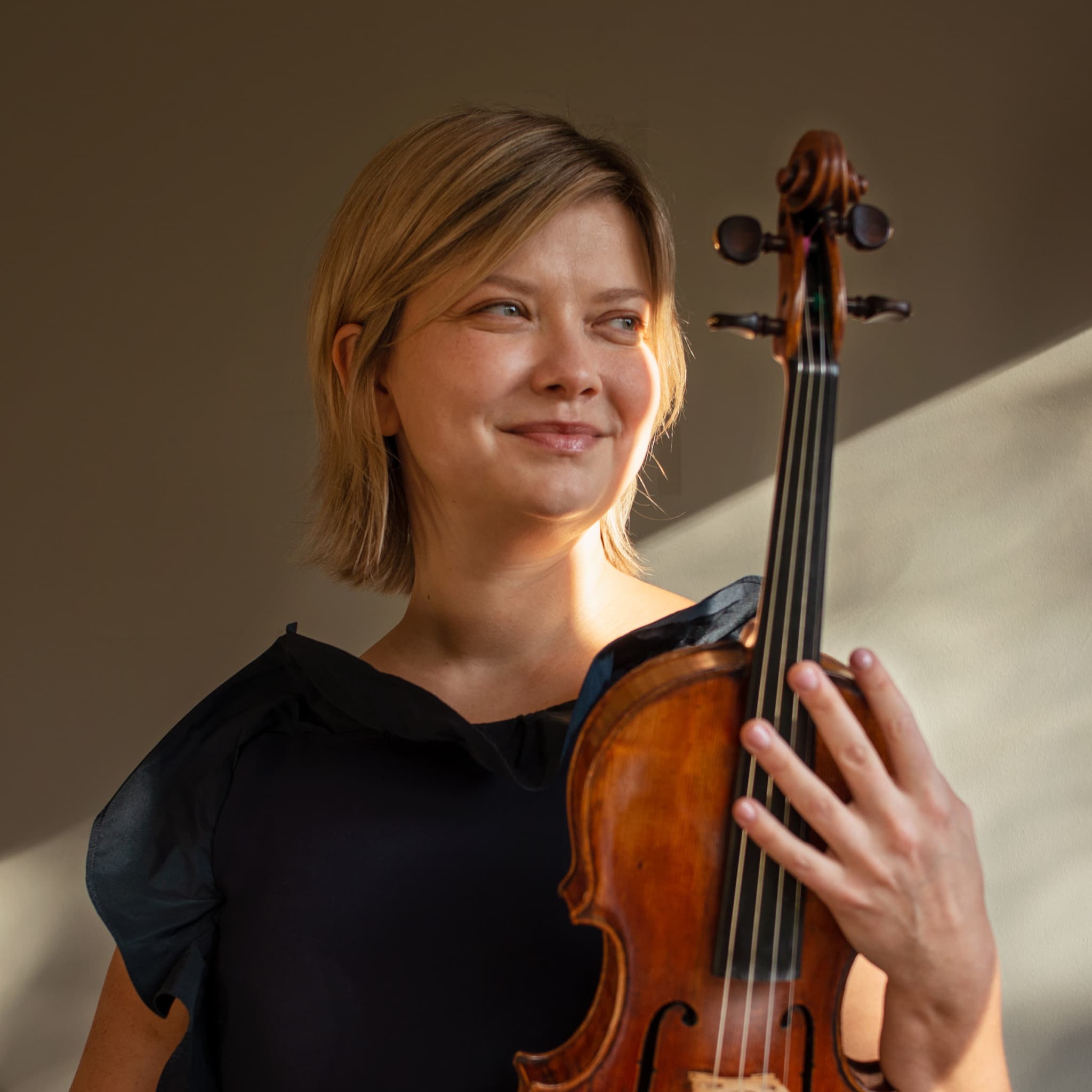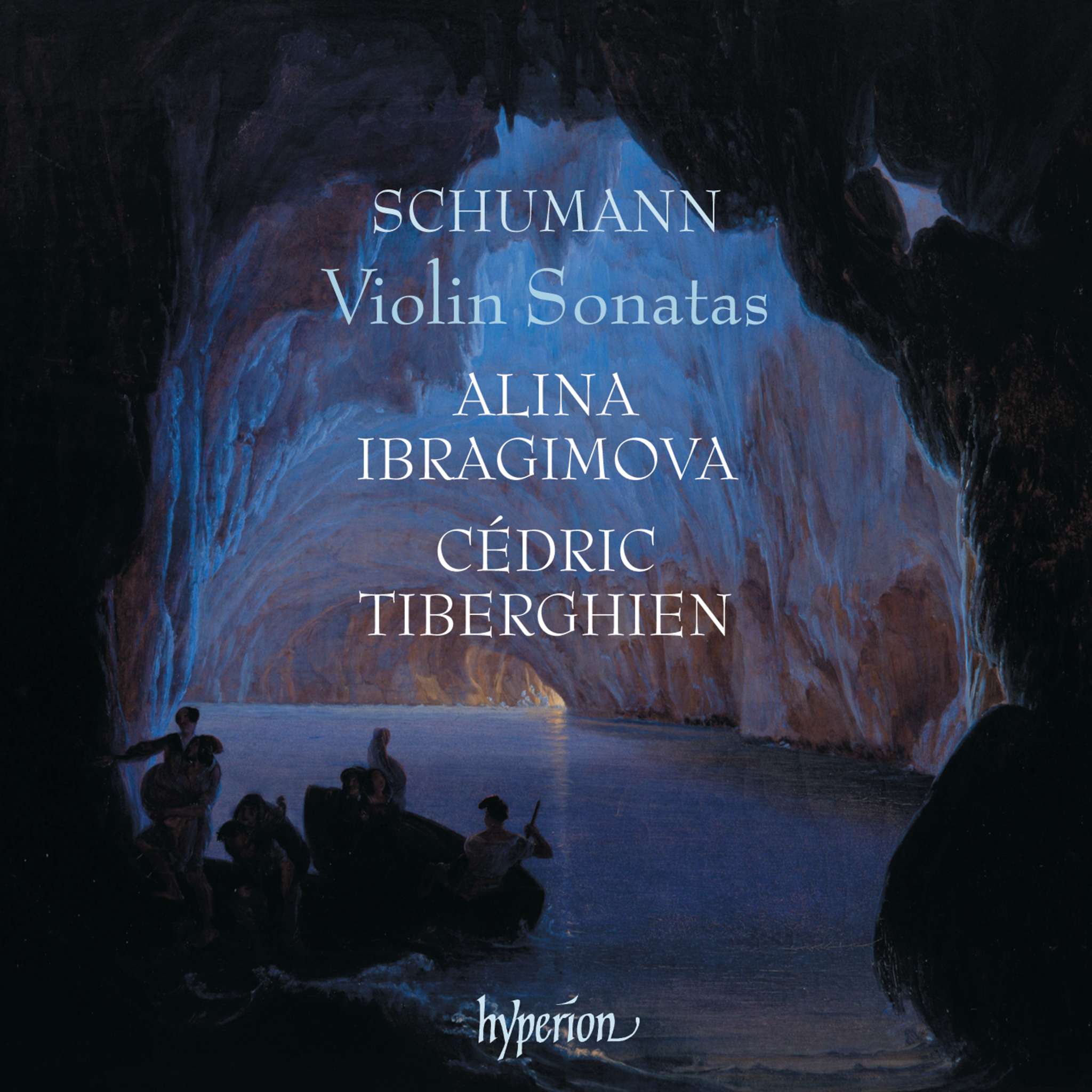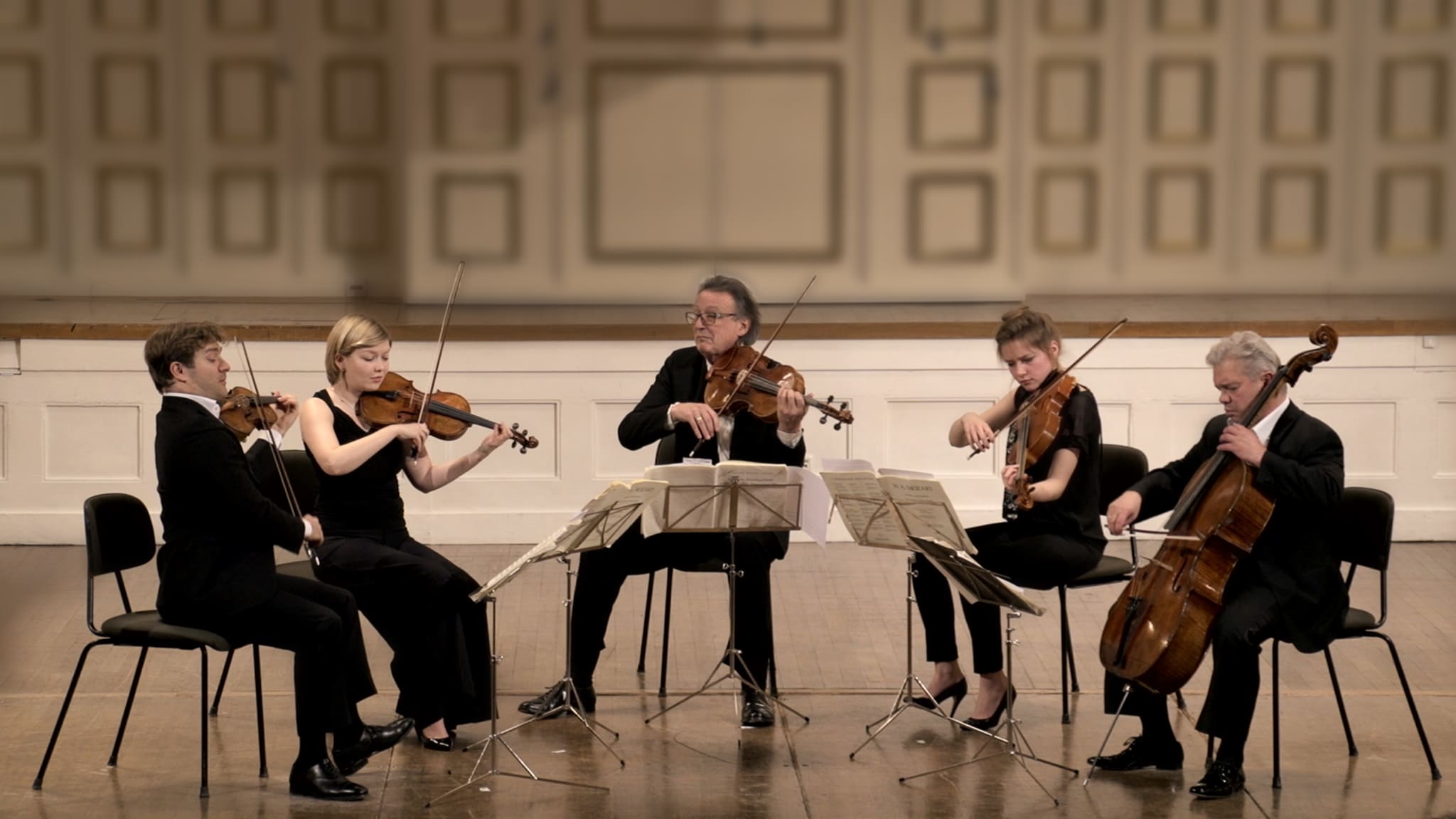Album insights
Georg Friedrich Händel debuted "The Triumph of Time and Truth" on March 11, 1757, at London's Covent Garden Theatre. The work was performed three times that year and twice in 1758 in a slightly expanded version, marking its final complete season under his direction. To trace its fascinating history, one must go back fifty years.
When Händel arrived in London at the end of 1712 to settle there for the rest of his life, he had some of his most significant accomplishments ahead of him, including instrumental music, operas, and dramatic oratorios. By the age of twenty-eight, he was already a renowned composer with compositions from his time in Italy, particularly in Rome, where his music was praised for its "fire and strength." One of his early works from Rome in 1707 was an oratorio titled "Il Trionfo del Tempo e del Disinganno" (meaning "The Triumph of Time and Disillusion" or "Truth"). Originally performed privately, this oratorio formed the basis for his later composition.
Throughout his London career, Händel worked as a freelance musician, organizing concerts with his music, continuously creating new compositions, and eventually hosting a series of oratorio performances at Covent Garden during Lent, a mix of new compositions and revivals. In 1737, while still presenting operas and oratorios, he revisited the Italian oratorio composed thirty years prior. He revised it significantly within two weeks and premiered it as "Il Trionfo del Tempo e della Veritá," receiving praise for its new choral sections. The composition remained unpublished during Händel's lifetime, but the libretto in English translation was available.
Later, when Händel's failing eyesight prevented further composition, he turned back to this music, commissioning Thomas Morell to translate the Italian text into English verse suitable for the music, along with additional recitatives and new musical material. The composition saw further refinements in 1758, featuring new arias and choruses enhancing the role of Deceit and Truth. These additions incorporated music from Händel’s earlier works, maintaining a high level of musical quality.
Despite subsequent revisions, "The Triumph of Time and Truth" does not offer profound characterization but instead showcases enjoyable music of exceptional quality. Its structure includes allegorical depictions without a strong narrative or deep emotional exploration, inviting listeners to appreciate the music for its intrinsic merits.
In the first act of the oratorio, Beauty admires herself in the mirror while Pleasure promises eternal allure. Eventually, Truth warns about the fleeting nature of youth, initiating a trial among Beauty, Pleasure, Time, and Counsel. Deceit intervenes but is countered by Time.
The second act transitions to a festive scene at Pleasure’s court, followed by a discussion on the transitory nature of joy and an urging to seek eternal truths. Beauty, torn between Pleasure and Truth, begins to doubt her choices.
In the final act, Beauty contemplates renouncing pleasures for a life of solitude upon embracing Truth, bidding farewell to Pleasure. The oratorio concludes with Beauty's vow to spend her remaining days in sacred solitude, supported by celestial protection and the choir's "Alleluja!"
English Translation by Anne Steeb/Bernd Müller.







